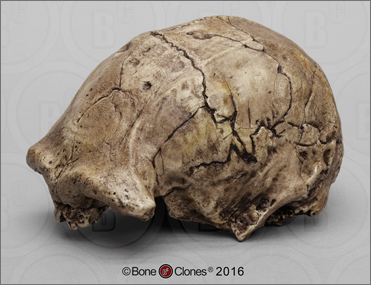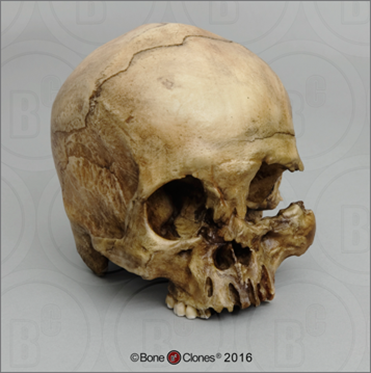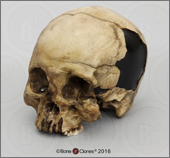|
May 2016 Newsletter
Black-footed Albatross, Dmanisi Homo erectus Skull 1, Male Mid-Facial Blunt Force Trauma May - We are enjoying the mild spring weather and can't help but notice a few new visitors to our yards: migratory birds! Spring migration is well underway. Throughout the Americas there are still a multitude of birding festivals and events where you can see and learn about birds and birdwatching. (check out The Cornell Lab: All About Birds or the National Wildlife Refuge System.) We have an extensive selection of birds and bird related material in our Bird category. We are delighted to introduce our newest bird skeleton: the Black-footed Albatross. This species is the only albatross regularly seen off the northern pacific coast of the Americas. An impressive migratory oceanic bird, it is capable of staying aloft for extraordinarily long durations and distances. We posed ours in a typical soaring/gliding position. Also available: Black-footed Albatross Skeleton disarticulated and skull.
New Skulls We are pleased to announce another reconstruction of the Dmanisi group of skulls. The Dmanisi site, located in the country of Georgia, bordered by lakes and bridging Europe and Asia, is one of the most informative Lower Paleolithic sites in the world. It has yeilded multiple specimens including at least 5 individuals found near each other which represent the earliest hominin remains found outside of Africa.
Also new is our 21st specimen from the Hrdlicka Paleopathology Collection (pronounced Hurlischka) from the Museum of Man in San Diego. Overall, we offer more than 140 specimens of pathology and trauma in skulls, skeletons and postcranial parts.
 Until Next time .... |





